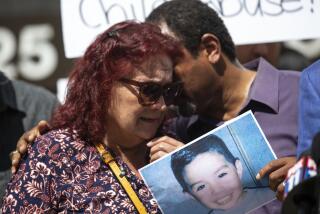Schools left behind
Once again, Margaret Spellings is doing the right thing for schools by bending, if not actually breaking, the law. The No Child Left Behind Act was so poorly conceived that occasionally the secretary of Education has to disobey it to make it work.
In 2006, Spellings allowed some states to measure student growth each year instead of measuring only the number who test as proficient. The law itself gives schools no credit for raising achievement from the basement to the first floor and encourages them to ignore their failing students.
Now Spellings will fine-tune the law’s approach to “failing” schools. No Child Left Behind requires schools to bring certain numbers of students to proficiency each year, meeting goals for each subgroup, based on ethnicity, socioeconomic levels and learning obstacles. A school might meet all of its benchmarks for every ethnic group and for impoverished students, but fall short on, say, special education students. It’s placed in the same “failing” category as a school that isn’t meeting any of its goals and is prescribed the same penalties.
Ten states will get to fix this in exchange for targeting their worst schools. We hope California is given a shot at it. Many Los Angeles schools are failing only because they need more time to bring their English-language learners -- 38% of the district’s students -- up to speed.
While Spellings tries to revise No Child Left Behind administratively, her boss, President Bush, is rejecting most efforts in Congress to rewrite the well-intentioned law, whose chances for reauthorization this year are iffy. If he persists, the entire accountability movement -- which he helped to bring about -- might stall.
More to Read
Sign up for Essential California
The most important California stories and recommendations in your inbox every morning.
You may occasionally receive promotional content from the Los Angeles Times.










